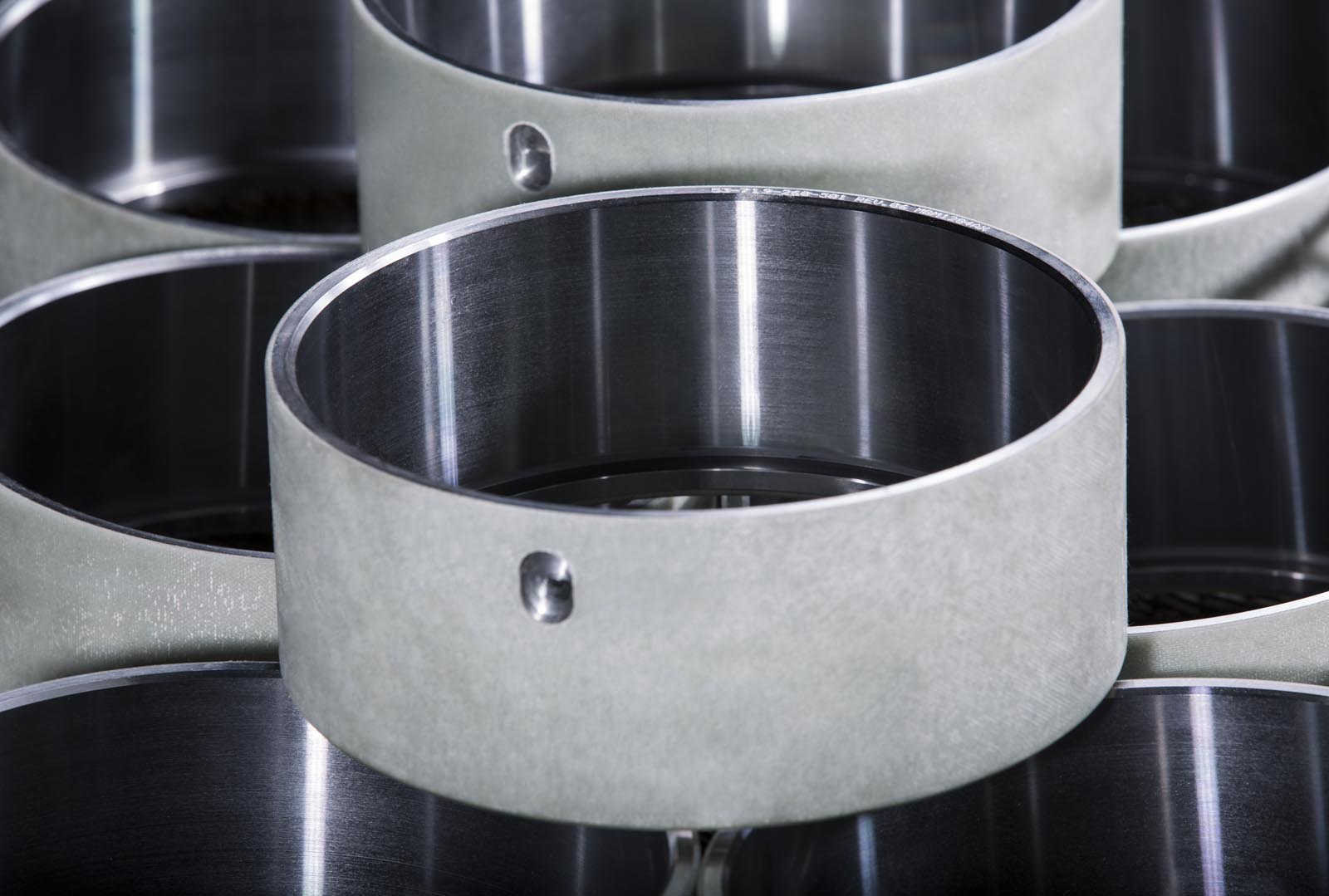The Role of Materials in Modern Bearings
The Role of Materials in Modern Bearings
Blog Article

Imagine a world where machines run seamlessly, their moving parts gliding effortlessly against one another without friction. This is the reality that advances in ball bearing technology are striving to create. Ball bearings are essential components in countless applications, from household appliances to high-speed trains. Their evolution has not only improved performance but also revolutionized various industries. Understanding the latest Innovations in ball bearing technology can provide insights into how they enhance efficiency and reliability.
The Role of Materials in Modern Bearings
Traditionally, ball bearings were primarily made from steel, but contemporary innovations have introduced materials like ceramic and polymer composites. Ceramic bearings, for example, are significantly lighter than their steel counterparts and exhibit exceptional resistance to corrosion, making them ideal for harsh environments. Their ability to operate at higher speeds without generating excessive heat has led to their adoption in industries such as aerospace, where performance is critical.
Another fascinating development is the use of advanced lubricants. These lubricants can significantly reduce friction and wear, prolonging the lifespan of bearings. For instance, self-lubricating bearings incorporate solid lubricants, which can be particularly beneficial in applications where traditional lubrication methods are impractical, such as in vacuum or underwater environments.
[IMAGE]
Smart Bearings: The Future of Monitoring
With the rise of the Internet of Things (IoT), ball bearings are becoming smarter. Integrating sensors into bearings allows for real-time monitoring of performance metrics, such as temperature and vibration. This technology enables predictive maintenance, which can prevent costly failures by alerting users before a fault occurs. For example, in large manufacturing plants, smart bearings can communicate directly with maintenance teams, ensuring that equipment is serviced proactively rather than reactively.
Applications Across Industries
The advancements in ball bearing technology are not limited to industrial applications. In the automotive sector, for instance, lightweight bearings contribute to improved fuel efficiency. Electric vehicles (EVs) also benefit from these innovations, where lower friction directly translates to extended battery life. Moreover, the bicycle industry has embraced high-performance ceramic bearings to enhance speed and reduce weight, appealing to both professional cyclists and enthusiasts alike.
Moreover, in the medical field, precision-engineered ball bearings are crucial in devices such as MRI machines and surgical robotics. The reliability and precision of these components can mean the difference between successful procedures and complications during surgery. As such, continuous improvements in ball bearing performance are vital for advancing healthcare technologies.
Challenges and Future Directions
While the progress in ball bearing technology is promising, challenges remain. The cost of high-performance materials can be prohibitive, especially for small manufacturers. Furthermore, the environmental impact of production processes is a growing concern. Innovations in sustainable manufacturing practices are essential to address these challenges. Researchers are exploring methods to recycle materials and reduce waste in bearing production, which could lead to a more sustainable future for the industry.
The trajectory of ball bearing technology is poised for exciting developments. As industries continue to seek efficiency and performance, the innovations that arise in this field will remain crucial. Whether through new materials, smart technologies, or sustainable practices, the future of ball bearings looks brighter than ever.
Report this page